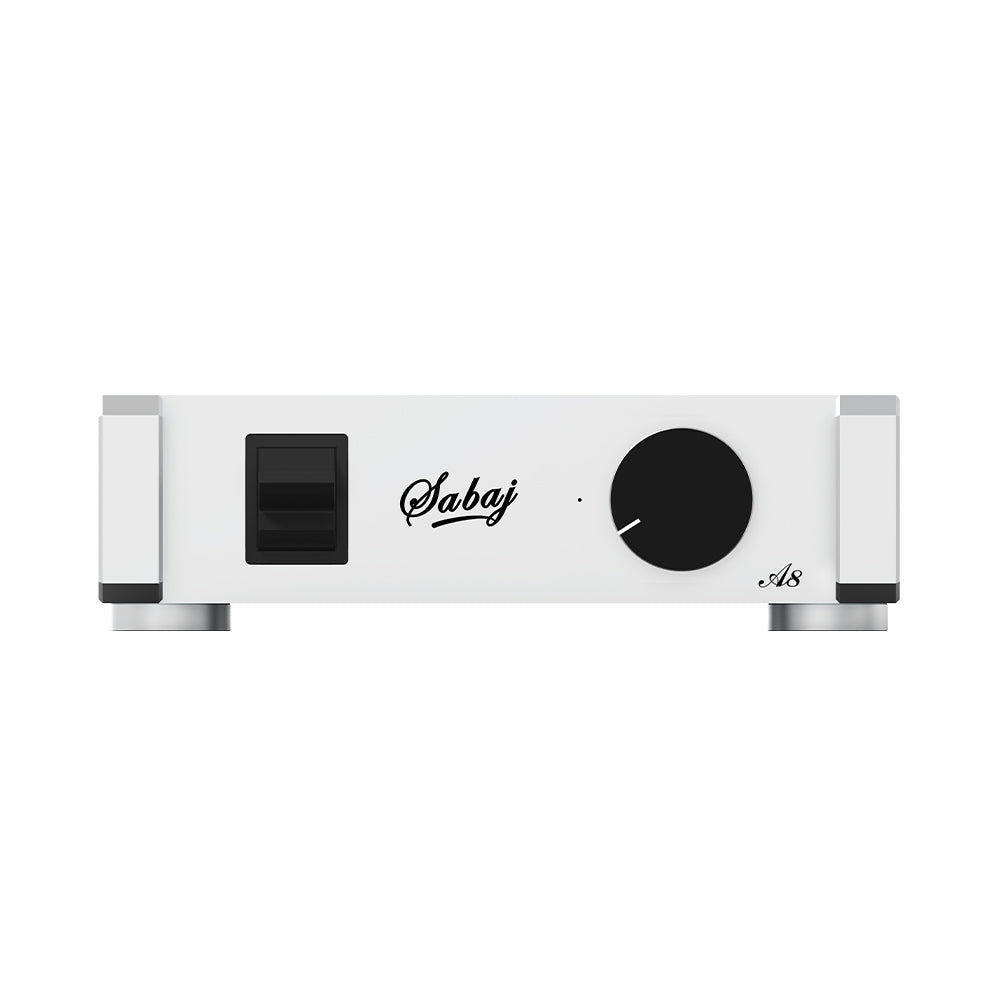Done with my initial testing, overall very nice. I just wish it didn't have that dumb volume knob. The only surprise in testing is that the gain is the same in stereo mode and bridged mode which is nice as it allows you to use up to 3.2 V input voltage in bridged mode without issue.
All of the following measurements are done at roughly 24 dB gain for best performance. Noise performance is especially impressive as it is just a bit better than my Hypex NC252MP although that amp has higher gain and more power. I realized I didn't state it in my original measurement post but the bandwidth for the THD+N measurements is 20 Hz to 22 kHz. Also for the 4 ohm stereo measurements I can only drive one channel due to dummy load limitations (I am using two 8 ohm resistors in parallel). Here is a brief summary, again the 5 W THD+N measurements will be better in reality than what I show here due to DAC / ADC limitations. Overall seems very consistent with the ICEpower datasheet, as such I would expect THD+N to fall apart a bit at high frequencies.
8 ohm stereo
max power = 70 W / ch
5 W THD+N = - 88 dB
4 ohm stereo
max power = 130 W / ch
5 W THD+N = -86 dB
8 ohm bridged
max power = 250 W
5 W THD+N = -88 dB
4 ohm bridged
max power = 400 W
5 W THD+N = -86 dB
8 ohm stereo frequency response

8 ohm stereo residual noise - 129 uV (includes DAC, ADC and amplifier, see here for reference)

4 ohm stereo frequency response

4 ohm stereo residual noise - 126 uV (includes DAC, ADC and amplifier, see here for reference)

4 ohm stereo 1 kHz power vs THD+N - 1% THD+N power = 130 W, 5 W THD+N = -86 dB

8 ohm bridged frequency response

8 ohm bridged residual noise - 155 uV residual noise (includes DAC, ADC and amplifier, see here for reference)

8 ohm bridged 1 kHz power vs THD+N - 1% THD+N power = 250 W, 5 W THD+N = - 88 dB

4 ohm bridged frequency response

4 ohm bridged residual noise - 156 uV (includes DAC, ADC and amplifier, see here for reference)

4 ohm bridged 1 kHz power vs THD+N - 1% THD+N = 400 W, 5 W THD + N = - 86 dB

Michael
All of the following measurements are done at roughly 24 dB gain for best performance. Noise performance is especially impressive as it is just a bit better than my Hypex NC252MP although that amp has higher gain and more power. I realized I didn't state it in my original measurement post but the bandwidth for the THD+N measurements is 20 Hz to 22 kHz. Also for the 4 ohm stereo measurements I can only drive one channel due to dummy load limitations (I am using two 8 ohm resistors in parallel). Here is a brief summary, again the 5 W THD+N measurements will be better in reality than what I show here due to DAC / ADC limitations. Overall seems very consistent with the ICEpower datasheet, as such I would expect THD+N to fall apart a bit at high frequencies.
8 ohm stereo
max power = 70 W / ch
5 W THD+N = - 88 dB
4 ohm stereo
max power = 130 W / ch
5 W THD+N = -86 dB
8 ohm bridged
max power = 250 W
5 W THD+N = -88 dB
4 ohm bridged
max power = 400 W
5 W THD+N = -86 dB
8 ohm stereo frequency response
8 ohm stereo residual noise - 129 uV (includes DAC, ADC and amplifier, see here for reference)
4 ohm stereo frequency response
4 ohm stereo residual noise - 126 uV (includes DAC, ADC and amplifier, see here for reference)
4 ohm stereo 1 kHz power vs THD+N - 1% THD+N power = 130 W, 5 W THD+N = -86 dB
8 ohm bridged frequency response
8 ohm bridged residual noise - 155 uV residual noise (includes DAC, ADC and amplifier, see here for reference)
8 ohm bridged 1 kHz power vs THD+N - 1% THD+N power = 250 W, 5 W THD+N = - 88 dB
4 ohm bridged frequency response
4 ohm bridged residual noise - 156 uV (includes DAC, ADC and amplifier, see here for reference)
4 ohm bridged 1 kHz power vs THD+N - 1% THD+N = 400 W, 5 W THD + N = - 86 dB
Michael

